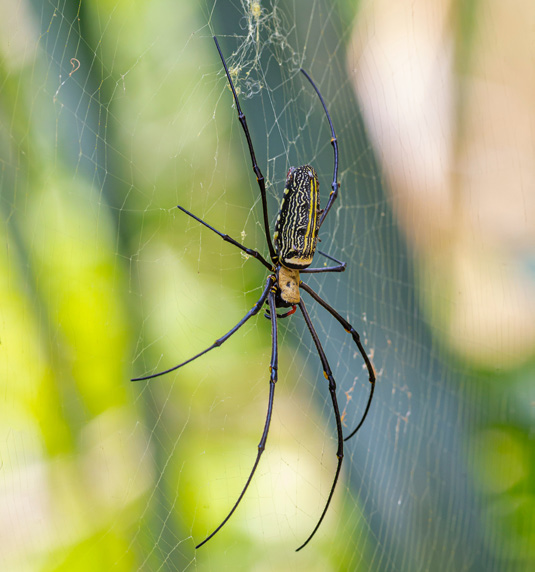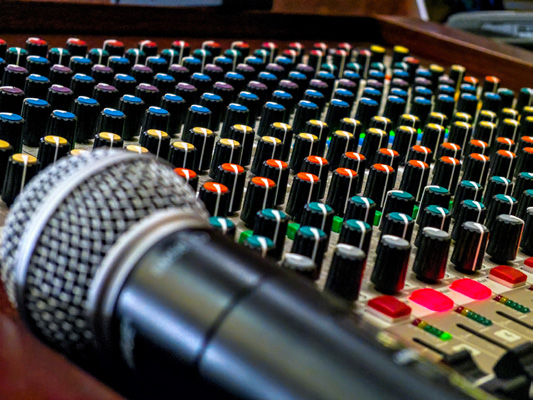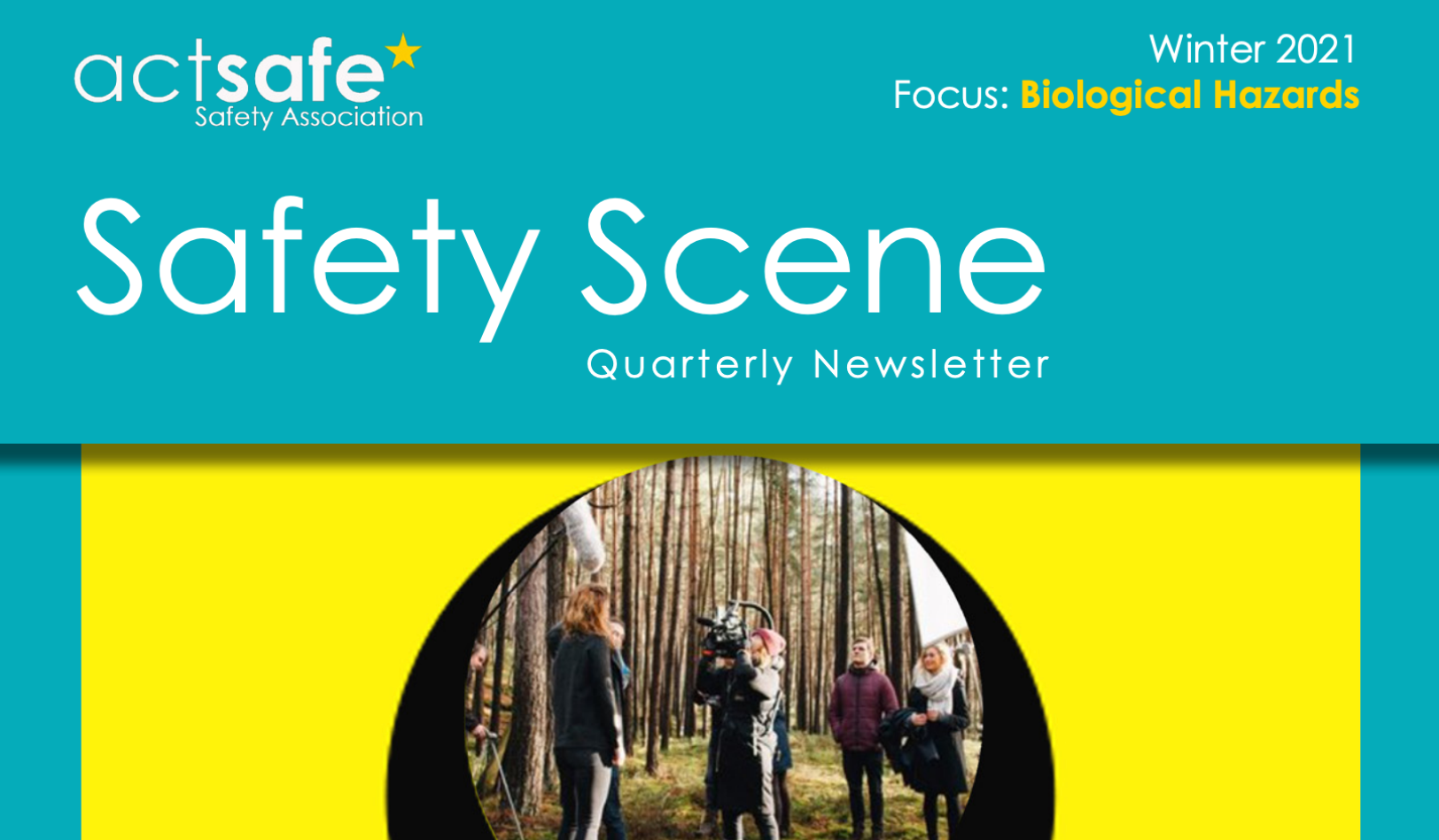Prior to 2020, biological hazards (also commonly known as ‘biohazards’) were typically thought of as a risk for individuals working in health care, laboratories, food services, and sanitation. Biological hazards in these settings have well recognized policies and procedures to ensure workers’ health and safety. Now that we are in the midst of a global COVID-19 pandemic, biological hazards are now top-of-mind in all workplaces, including the arts and entertainment industries.
Cheryl Peters, PhD (Co-Principal Investigator, CAREX Canada) & Shelby Fenton, MPH (Research Associate, CAREX Canada)
Biological hazards are defined as living organisms that pose a risk of infection or disease. The most common examples are bacteria, viruses, fungi, and parasites. Unpleasant substances like blood, body fluids, and sewage are also considered to be biological hazards but, where possible, productions typically elect to use the less hazardous, artificial theatrical substitutes on set. Outdoor scenes and productions can also expose workers to various biological hazards such as zoonotic diseases, insect stings or bites, poisonous plants, and venomous animals.
Everyday elements of the arts and entertainment industries can contribute to the indirect or direct spread of bacteria and viruses – these relate to people and equipment. Biological hazards can be indirectly spread via an intermediate object such as costumes, wigs, and other props. Make-up and hair tools are also shared or used on multiple individuals. If these items are frequently shared between individuals without adequate disinfection, this may increase the risk of transmission.

In terms of direct contact, there can be frequent interaction among actors and musicians during rehearsal and live performances. Support personnel also have frequent close contact with others backstage or other set locations. These situations can lead to direct contact with infectious droplets or airborne particles expelled during talking, sneezing, or coughing. Transmission may also occur while singing and playing musical instruments, particularly wind instruments. Additionally, a large crew or other aspects of larger productions (e.g., on-set catering, buffetstyle) may increase the likelihood of direct or indirect events spreading biological hazards.
Fortunately, everyone should now be able to recite the various important precautions that one can take to stop the spread of COVID-19 – practice social and physical distancing, wear a mask, and clean your hands! WorkSafeBC has also outlined COVID-19 protocols for the performing arts to help employers return to operation. The protocols provide guidance on venues, performers, production and back of house, patrons and front of house, and recording studios and office environments.
Measures to reduce the spread of COVID-19 may also help prevent the spread of other biological hazards (like colds and the flu) but a detailed hazard identification, assessment, and control process should be conducted by a qualified professional for every workplace (and for each location and environment) and specific job tasks to reduce the risk of disease. It is also important to consider actual and potential biological hazards, as many biological hazards are microscopic, and it is easy to forget the hazards that cannot be seen by the naked eye.

Everyone is eager for the arts and entertainment industries to return to normal, including the artists and all others who work in the industry, and society at large who miss live performance and enjoying their favorite shows and films. Some success has been achieved during the pandemic with cast and crews quarantining before filming, though this approach is only as strong as its weakest link.
It is also important to limit the number of cast and crew members on set at any one time where possible, and many productions have come up with some creative new artistic directions in their writing to support this. This is easier to do in some formats than others; for example, many late-night shows moved to a virtual format in the spring and summer that allowed for physical distancing of cast and crew, in many cases having them in separate locations. Now that some are back in studio, there are no audiences present to reduce crowding. Of course, these solutions won’t work for every type of production and live performance in particular will be impacted until widespread vaccination occurs and/or community spread has ceased. An openness to learning lessons from the current pandemic will be key to keeping people healthy in all workplaces in the future.
This article was written for our quarterly newsletter, Safety Scene. You can find a link to the full edition below.



Share Now: